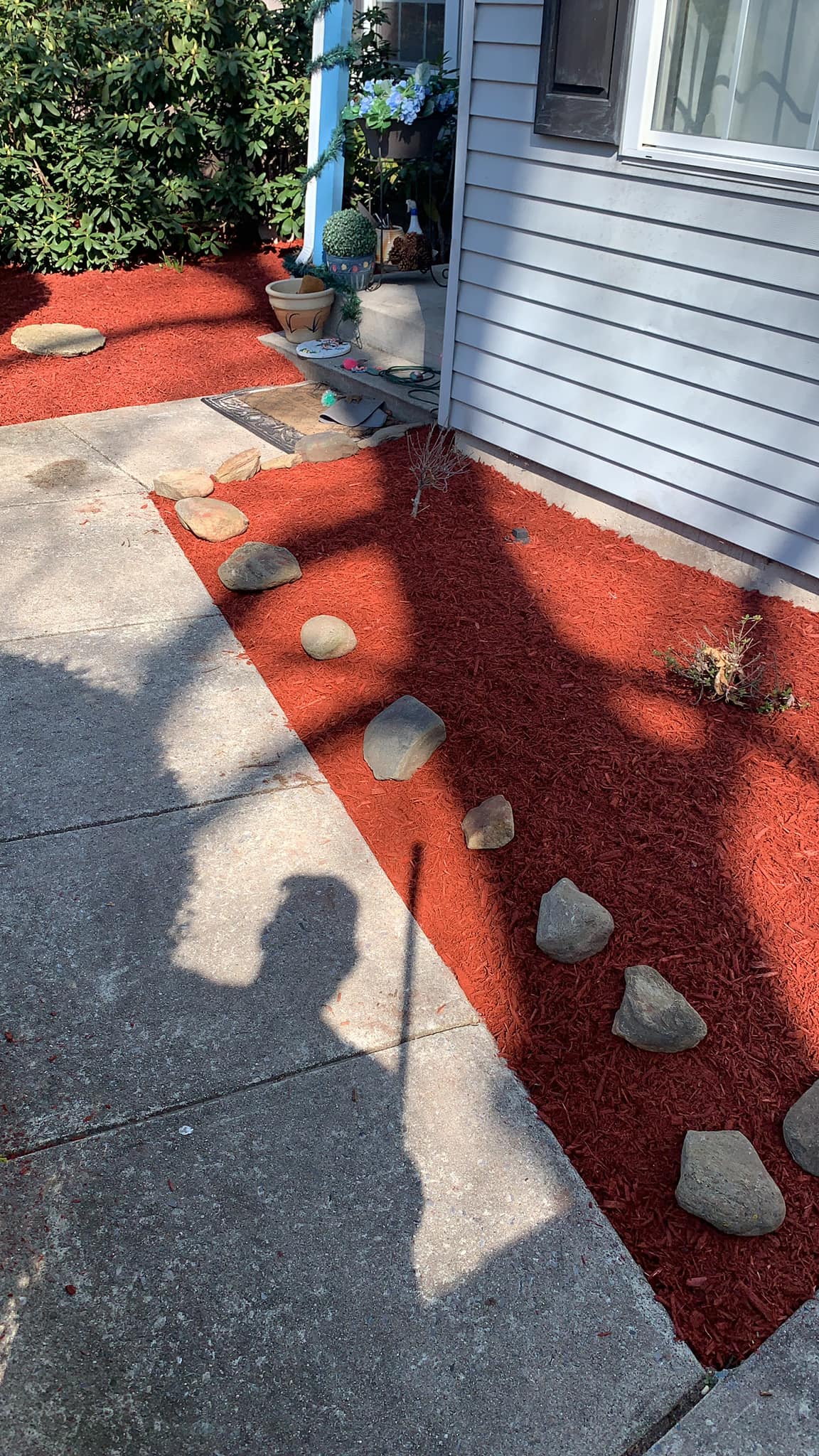
How to Identify and Address Common Tree Diseases Oct 29, 2025
First and foremost, understanding the early signs of tree diseases can save you from dealing with more complex issues down the line. Many tree diseases manifest visibly, making it possible to catch them early if you know what to look for. One common disease is Dutch Elm Disease, identified by wilting leaves and yellowing that starts at the tip of branches. Another telltale sign of tree sickness is uneven growth, often visible in branches or leaves, which might indicate necrosis or nutrient deficiencies.
In addition, keep an eye out for physical changes in the bark. Trees may develop cankers or bark abnormalities as a result of infections. These cankers may be sunken or discolored patches on the trunk and branches. Observing any irregularities in the bark can alert you to potential diseases like Chestnut Blight or Hypoxylon Canker. Regular inspection of your trees can ensure these symptoms do not go unnoticed.
Fungal infections also pose a significant threat to trees. Powdery mildew is a common fungal disease, easily recognizable by a white, powdery coating on leaves and stems. Similarly, Black Knot can be identified by its distinctive black, swollen galls along branches. These visual cues suggest the presence of fungi and necessitate timely intervention.
Once you’ve identified a potential disease, the next step is addressing it appropriately. Each disease requires specific measures for effective treatment. In cases of Dutch Elm Disease, affected branches must be pruned and destroyed to prevent the disease from spreading. For fungal issues like powdery mildew or Black Knot, fungicidal treatments can be effective, especially when applied early.
Preventative measures are also crucial in maintaining tree health. Ensuring your trees receive proper nutrition and are planted in optimal conditions can pave the way for robust growth. Regular fertilization and watering, tailored to the specific species of trees in your care, can help ward off diseases. Additionally, maintaining proper tree spacing and pruning techniques can significantly reduce the risk of disease spread by improving air circulation and sunlight penetration.
Engaging professional services, like Jason's Tree Service, can provide an additional layer of protection. Our expert arborists can assess tree health, recommend the best treatments, and perform any necessary interventions with precision. We stay updated on the best practices and latest advances in managing tree diseases, ensuring your trees are always in capable hands.
In conclusion, being proactive and informed is key to identifying and addressing common tree diseases. Regular monitoring, understanding symptoms, and applying targeted treatments can save your trees from severe damage. With proper care and expert guidance, your trees can thrive and continue to enhance your property for years to come. When in doubt, consult with professionals like Jason's Tree Service to ensure comprehensive care for your green investments.
/filters:no_upscale()/media/4836a22b-973a-44c4-ba7e-ecf8653d4367.jpg)
/filters:no_upscale()/filters:format(webp)/media/b3aaf40e-12c6-478a-989f-a23985b2a74a.jpeg)